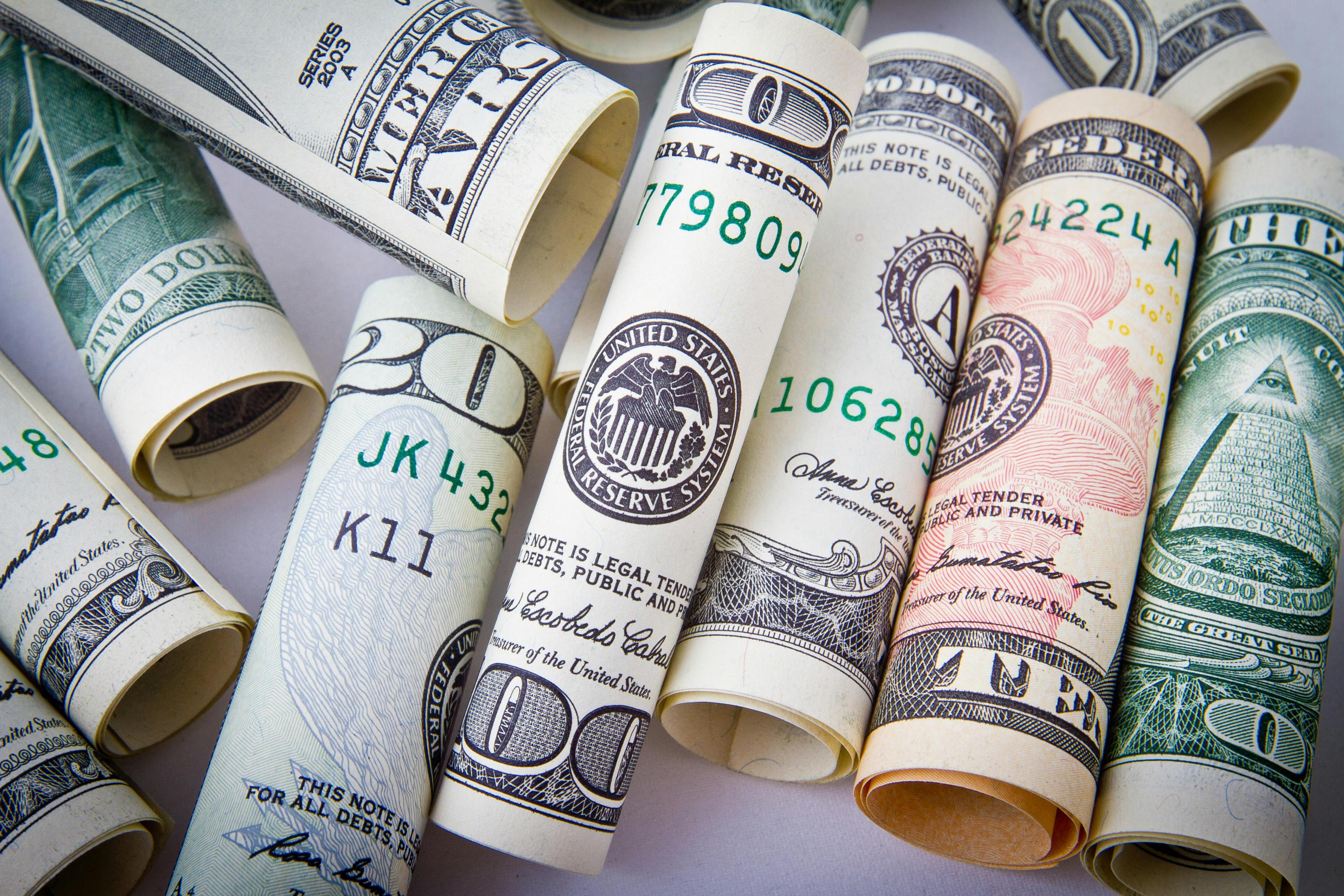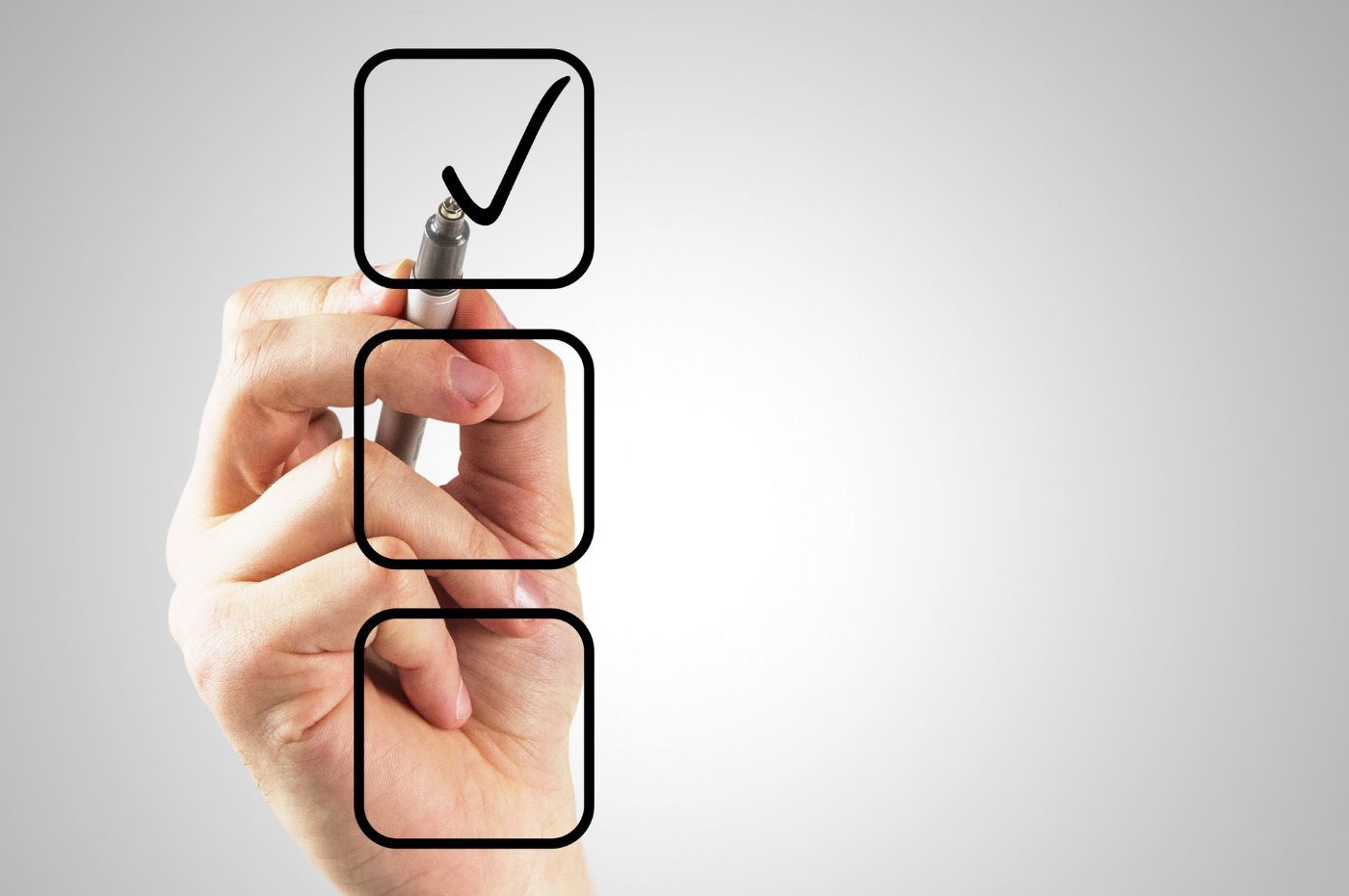There are many ways to save and invest your money to help it grow, each tailored to different financial goals. It’s crucial to select the right savings plan based on your specific objectives.
If you’re planning to buy a property, saving for a down payment is essential. Some saving plans can be particularly advantageous for this purpose. Let’s explore the best options for investing your down payment to maximize your financial benefits.
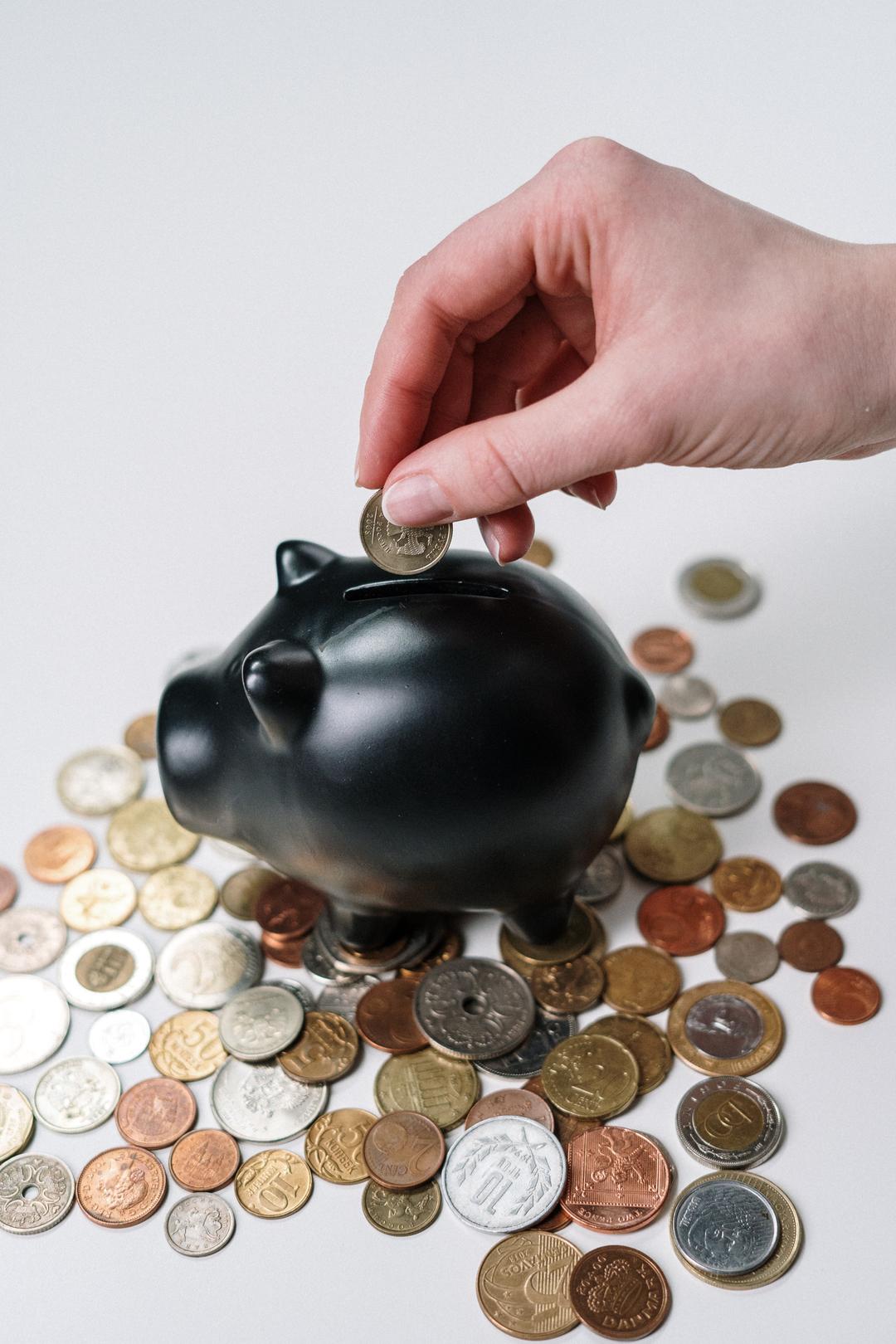
-
High-Interest Savings Account (HISA)
If you are looking to save money, a High-Interest Savings Account (HISA) is a good option. These accounts typically offer higher interest rates compared to traditional savings accounts.
Interest rates can vary by institutions, ranging from 0.5% to 1.50%, while traditional savings accounts usually offer rates between 0.0005% and 0.1%.
Choose compound interest
Opt for a HISA that offers compound interest, allowing you to earn interest on both your initial investment and the interest accrued. For instance, if you invest $10,000 in a HISA with a compound interest rate of 1.15% over three years, here’s how it might grow:
| Year | Initial investment | Interest earned during the year | Total value at year-end | Total interest earned |
|---|---|---|---|---|
| 1 | $10,000 | $115 | $10,115 | $115 |
| 2 | $10,115 | $116.32 | $10,231.32 | $231.32 |
| 3 | $10,231.32 | $117.66 | $10,348.98 | $348.98 |
Shop around for the best rate
While some banks advertise HISA’s with rates as high as 2.0% or 2.5%, these rates are often promotional and apply for the first 150 days only. After this period, the rate might drop to around 0.1%. Therefore, it’s crucial to compare various HISA options and understand the terms before committing.
Beware of taxation
Although HISA’s offer high interest rates and easy access to funds, the interest earned is subject to taxation. Keep this in mind as you plan your savings strategy.
-
Tax-Free Savings Account (TFSA)
Introduces by the federal government in 2009, the Tax-Free Savings Account (TFSA) was designed to encourage savings for various goals, such as buying a home or car, funding a trip, or planning for retirement.
The main advantage of a TFSA is that your money grows tax-free. Although the money you contribute to this account is taxed, once the money is in it, it grows tax-free and can be withdrawn without additional taxes.
TFSA: Contributions
When opening a TFSA, you need to make an initial deposit of at least $1,000. For future withdrawals, the minimum amount is $500 per transaction, making the TFSA suitable for both small and large projects.
The annual contribution limit for a TFSA has been set at $6,000 since 2019. Be cautious not to exceed this limit to avoid penalties. However, any unused contribution room can be carries over to the following year.
For example, if you contributed only $4,000 in 2021, you could add the $2,000 difference to your 2022 contributions. In this case, you could contribute a total of $8,000 in 2022 ($6,000 plus the $2,000 carryover).
Additionally, if you open a TFSA in 2022, you can make retroactive contributions for previous years, dating back to 2009 (or the year you turned 18). So, if you were 18 in 2009 and opened your account in 2022, you could contribute up to $81,500 to your account.
Interest rates and types of investments
Interest rates for a TFSA can vary by financial institutions, typically ranging from 0.05% to 0.5%.
Beyond serving as a tax-free savings account, a TFSA allows you to invest in a range of financial products, including:
- Mutual fund
- Publicly traded securities;
- Guaranteed investment certificates
- Bonds
- Corporate stocks
The TFSA is an excellent savings account to consider for purchasing a home because, when you withdraw your down payment, it will not be taxed. This means you can access a substantial amount without it affecting your taxable income for the year.
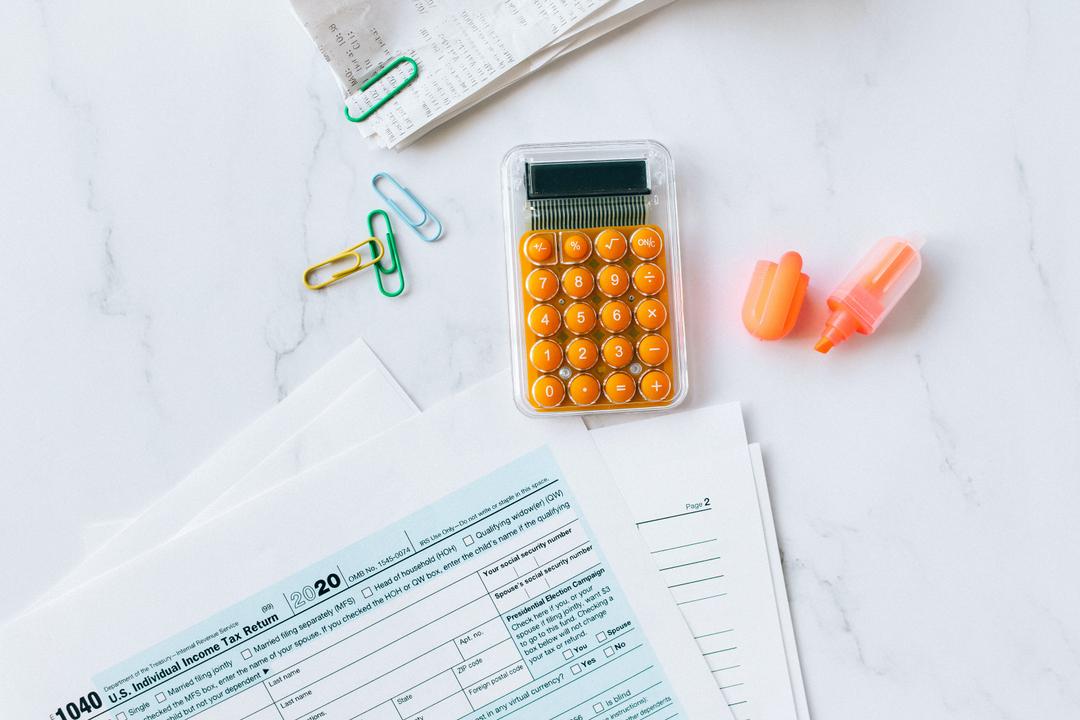
-
First Home Savings Account (FHSA)
Introduced by the federal government in 2023, the First Home Savings Account (FHSA) is designed to help Canadians save for their first home. This account offers a unique combination of tax-free growth and tax-deductible contribution, making it valuable resource for the first-time homebuyers.
One of the major benefits of a FHSA is that contributions are tax-deductible, which can reduce your taxable income for the year. Additionally, any growth within the account, including any interest, dividends, or capital gains, is also not subject to tax.
Furthermore, withdrawals used for purchasing your first home are completely tax-free, allowing you to access your funds without incurring additional tax burdens. Just make sure your home purchase meets the FHSA’s requirements to avoid potential penalties or tax issues.
FHSA: contributions
The First Home Savings Account has an annual contribution limit of $8,000. If you don’t use the full limit each year, you can carry over the unused amount to the next year. There is also a total contribution limit of $40,000 over the life of the account.
The FHSA must typically be utilized within 15 years of its opening or by the end of the year you turn 71, whichever comes first. If the funds are not used for purchasing a home, they can either be transferred to a Registered Retirement Savings Plan (RRSP) or withdrawn, although tax implications may apply.
-
Registered Retirement Savings Plan (RRSP)
The Registered Retirement Savings Plan (RRSP) is a well-known savings tool primarily used for retirement, but it can also be utilized for other purposes, such as buying a home.
RRSP: Contributions
The contribution limit from an RRSP changes annually. For 2024, you can contribute up to 18% of your declared income from the previous year, with a maximum annual limit of $31,560$. Contributions to your RRSP are tax-deductible, which can reduce your taxable income for the year.
However, it’s important to note that withdrawals from an RRSP are subject to taxation. This can make it less advantageous to take out large sums from your RRSP for a home purchase.
Interest rates and types of investments
The interest rates for RRSP’s vary by financial institutions, generally ranging from 0.05% to 3%. In addition to earning interest, an RRSP can be paired with a variety of investments, including:
- Mutual funds
- Publicly traded securities
- Guaranteed investment certificates
- Bonds
- Corporate stocks
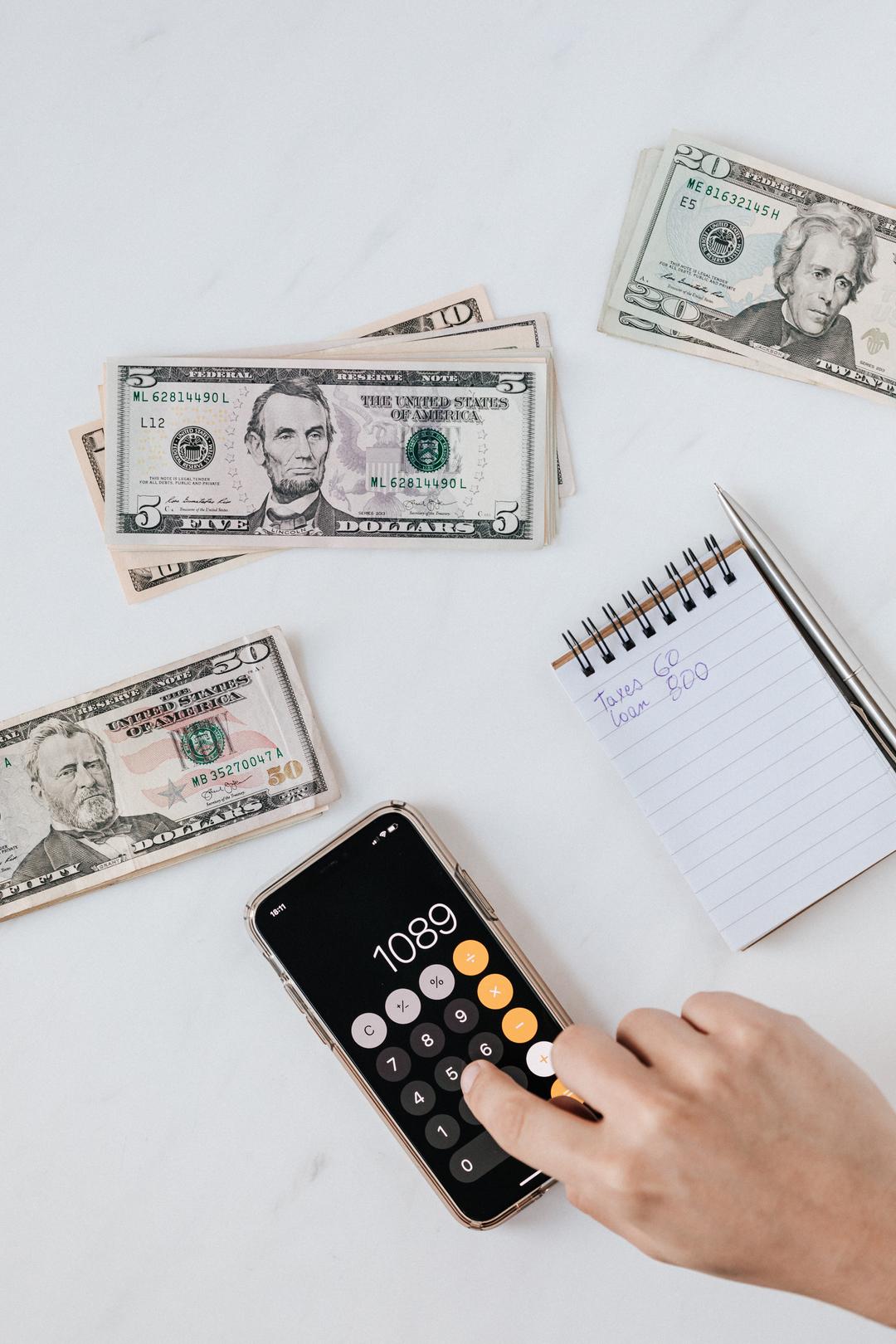
-
Home Buyers' Plan (HBP)
The Home Buyers' Plan (HBP) allows first-time homebuyers to use their Registered Retirement Savings Plan funds towards purchasing a home. To benefit from the HBP, you need to:
- Be a first-time homebuyer.
- Have a written agreement to buy or build a home.
- Intend for the property to be your primary residence.
Under this plan, you can withdraw up to $35,000 from your RRSP for your down payment without paying taxed on the amount withdrawn. If you're purchasing a property with your partner, they can also withdraw $35,000 from their RRSP, giving you a combined sum of $70,000 for your down payment.
Keep in mind that the amount withdrawn is tax-free because it’s considered a loan to yourself, which you must repay into your RRSP over 15 years. Essentially, you are borrowing from your own retirement savings and repaying it gradually.
Sign up for automatic savings
Regardless of the account or saving plan you choose to accumulate your down payment, setting up automatic savings is a smart move. This effortless strategy ensures consistent contributions and helps you stay on track with your saving goals.
Are you looking to buy a house?
XpertSource.com can help you find a real estate broker. When you tell us about your project, we put you in touch with qualified resources for free. Simply fill out our form (it only takes a few minutes) and we will connect you with professionals.

